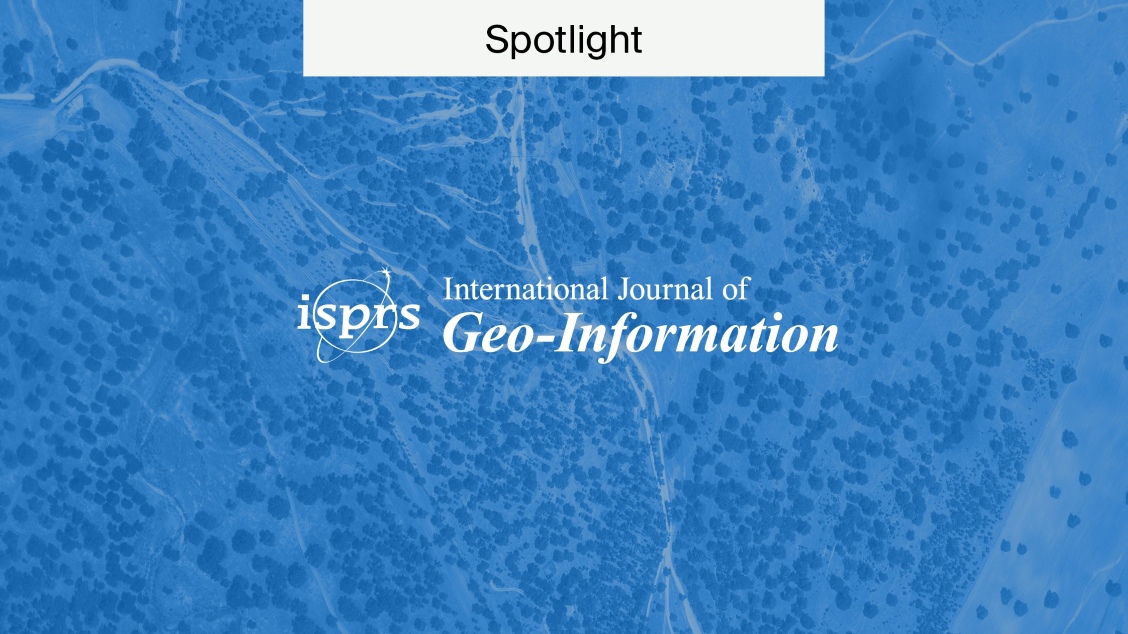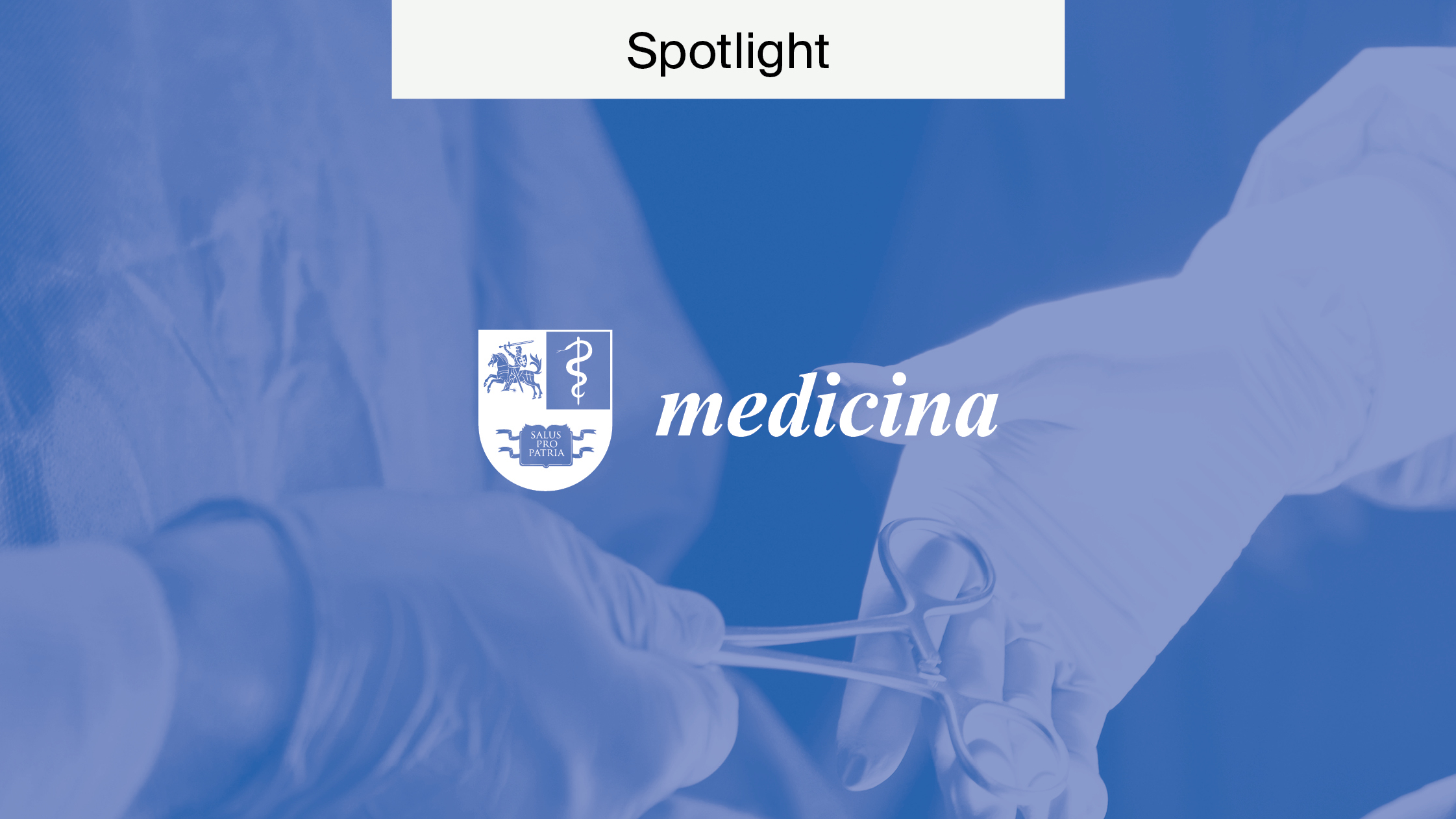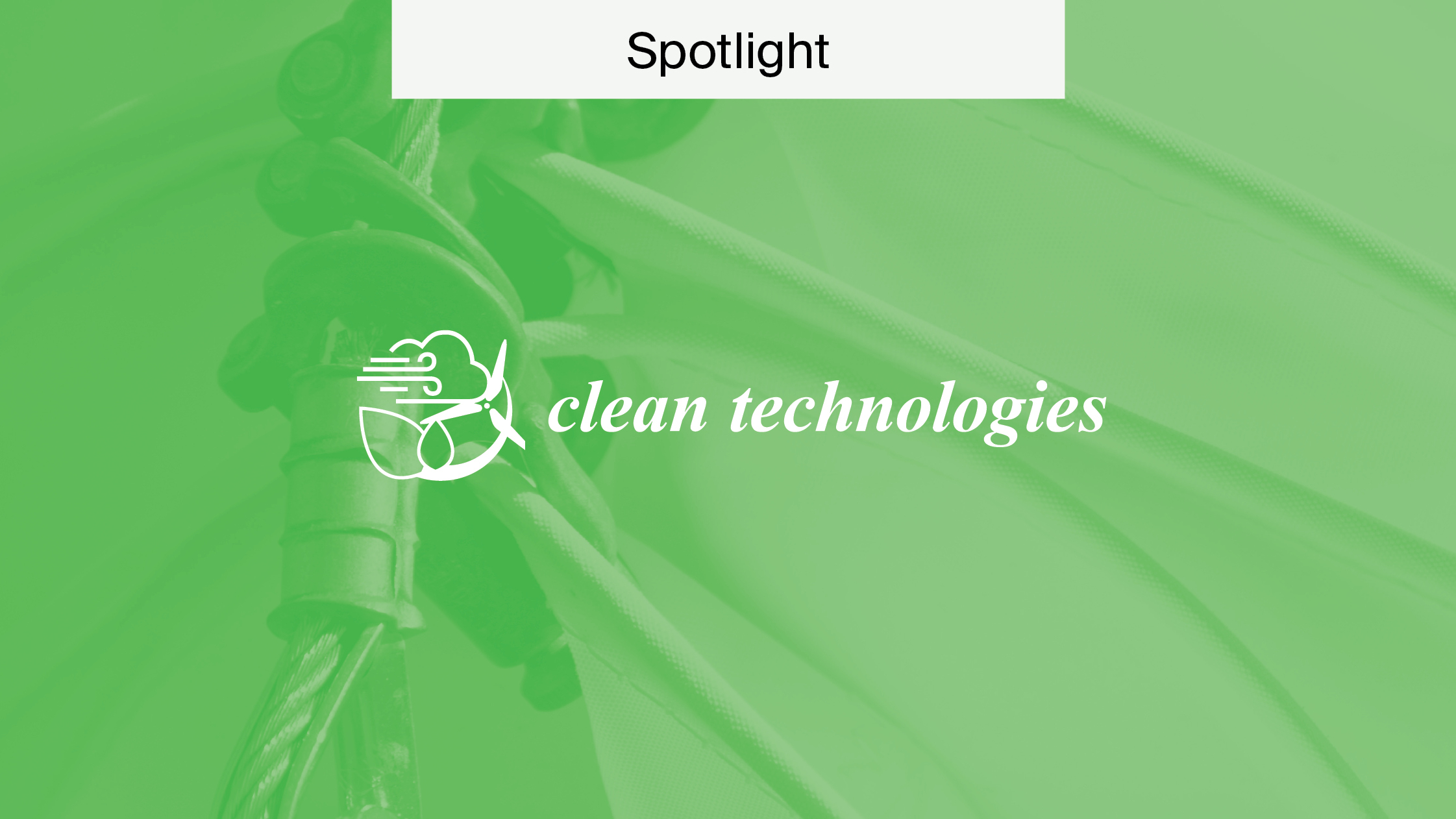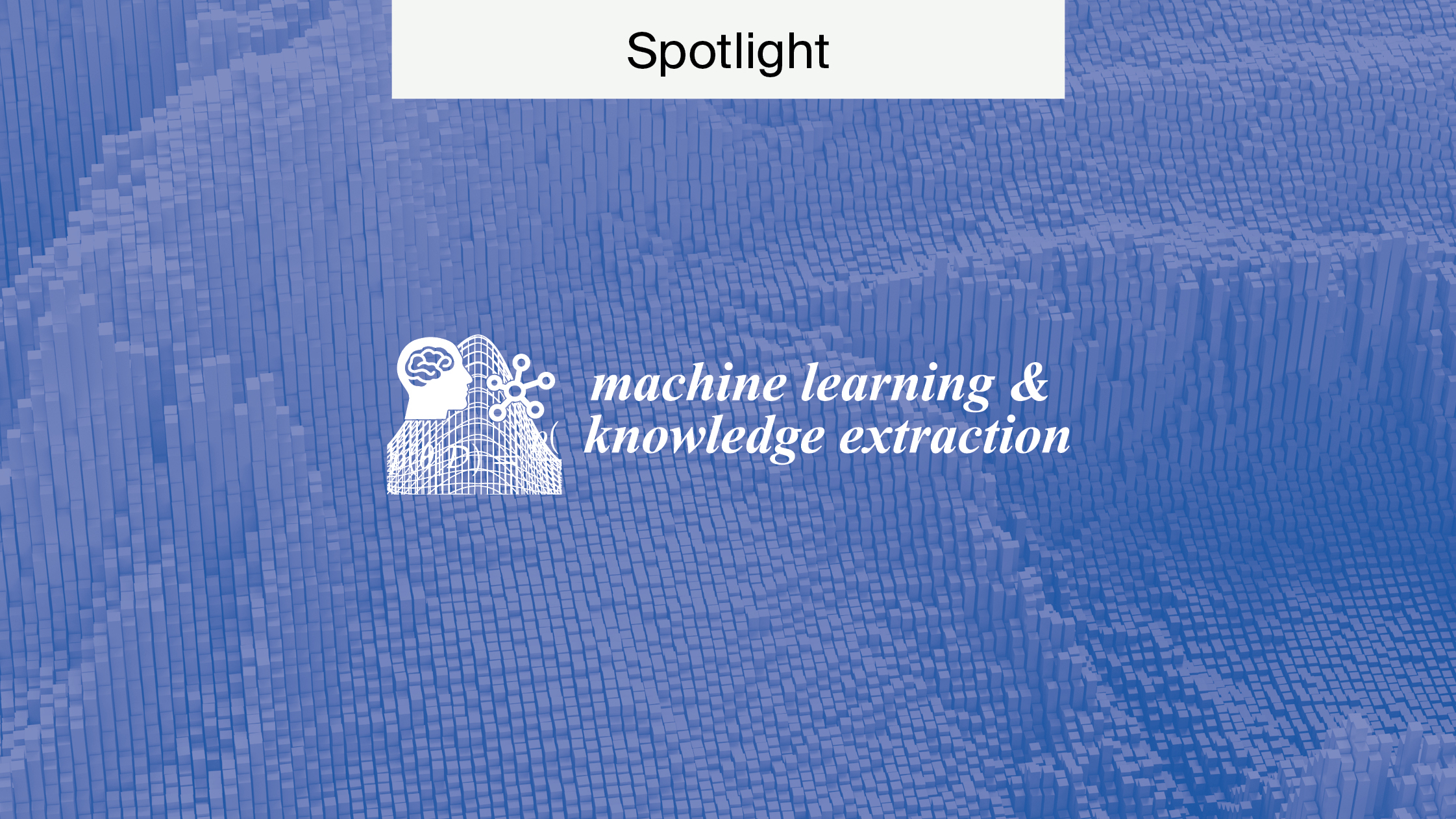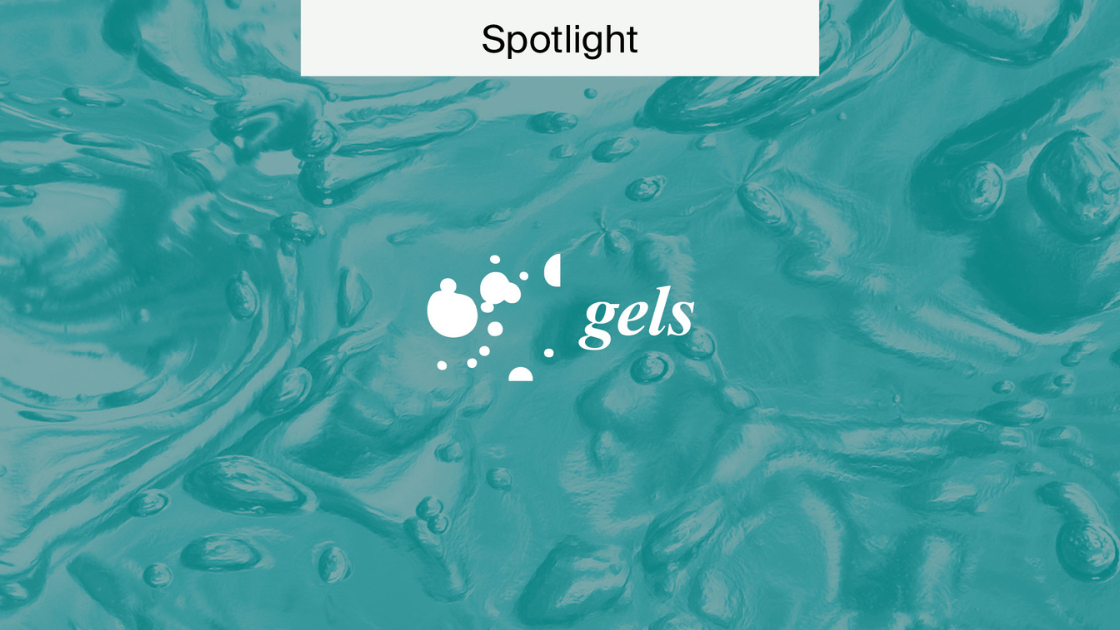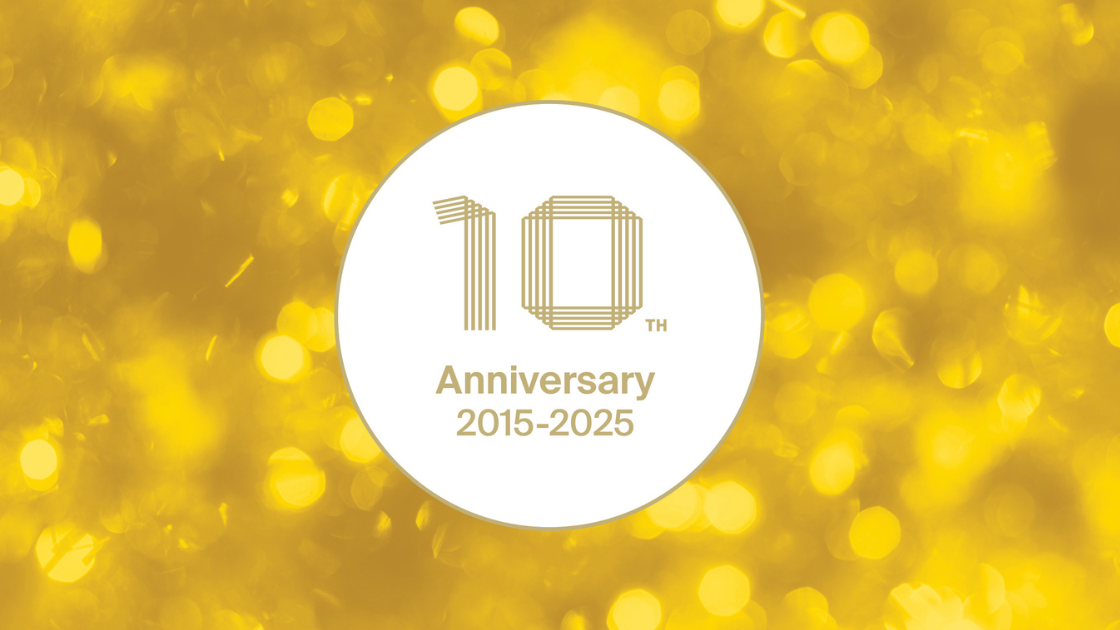
International Journal of Neonatal Screening: Journal Spotlight
2025 will mark the 10th anniversary of the International Journal of Neonatal Screening (IJNS). In honor of this, we’re going to shine the spotlight on its journey so far. We’ll explore the journal’s development history, scope, achievements, instructions for manuscript submission, and more.
IJNS is an international, peer-reviewed, Open Access journal providing a unique and universal platform for all topics related to neonatal screening and neonatal medicine.
Editors-in-Chief: Dr. Ralph Fingerhut and Dr. Peter C. J. I. Schielen
Current Impact Factor: 4.0
Current CiteScore: 6.0
Statistics as of June 2025.
Visit the IJNS MDPI journal webpage
A history of the International Journal of Neonatal Screening
Owned by the International Society for Neonatal Screening (ISNS), the journal was first launched in 2015 as an interdisciplinary platform for research topics of interest to pediatricians, geneticists, biochemists, public health authorities and many more.
The founding Editor-in-Chief was Dr. Ralph Fingerhut of SYNLAB Medical Care Center, Germany. Dr. Fingerhut’s research interests include process quality, knowledge sharing and education, new technologies in newborn screening, and multiparameter analysis.


The Editor-in-Chief position is currently jointly held by Dr. Fingerhut and Dr. Peter C. J. I. Schielen, Office Manager of the International Society for Neonatal Screening. Also a Quality Assurance Specialist at the National Institute for Public Health and the Environment, Dr. Schielen’s research focuses on lysosomal storage diseases, next generation sequencing, artificial intelligence in neonatal screening, cystic fibrosis, and more.
Read Dr. Fingerhut’s Editorial piece here.
The International Society for Neonatal Screening
ISNS began its collaboration with MDPI in 2015, the year in which the inaugural issue of IJNS was published. The society has been at the forefront of advancing screening for neonatal and infant sicknesses and disorders since it was founded in the 1980s.
In the 1960s, discussions on screening for phenylketonuria (a disease affecting protein production) and congenital hypothyroidism (a disorder affecting the thyroid gland, present at birth) recognized the need for greater quality control. Aiming to advance screening for neonatal and infant sicknesses and disorders, the society comprises around 500 members from over 70 countries.
Find out more about the International Society of Neonatal Screening.
10th anniversary
To mark this exciting occasion, the journal has organized a dedicated anniversary webpage including a video from the Editors-in-Chief, key statistics from over the years, and an anniversary Special Issue open for submissions. The longevity of IJNS is a true testament to the hard work and dedication of the journal’s editorial board members and reviewers.
Access the anniversary page.

Aims & scope
The aim of the journal is to advance knowledge regarding the natural course of target diseases for newborn screening and to share information on the topical methods used in newborn screening laboratories. IJNS also seeks to improve the communication between newborn screening laboratories worldwide, distribute technical notes, and improve existing screening methods and assays.
“We are very enthusiastic about the development of the journal. It serves to disseminate the high-quality work of our members, the members of affiliated societies and, increasingly, the non-affiliated authors who find their way to IJNS” – Dr. Ralph Fingerhut and Dr. Peter J. I. Schielen, EiCs.
The journal scope is inclusive of all topics relevant to newborn screening, publishing research on topics ranging from disease progression to ethical considerations in the industry.
The Open Access nature of IJNS makes it possible for international newborn screening laboratories to exchange their results and experiences. Research into neonatal screening should always be published Open Access in order to maximize its impact, ensure that potentially life-saving findings are available to all, and accelerate advancements in neonatal care.
Journal metrics

Journal Impact Factor (JIF, Clarivate) is a measure of the frequency with which the average article in a scholarly journal has been cited in a particular year. The International Journal of Neonatal Screening received an impressive first rating of 3.5 in 2022 before it rose to 4.0 the following year. This, in conjunction with its Q1 positioning in both the “Genetics and Hereditary” and “Pediatrics” Journal Citations Reports, indicates a promising future for the journal’s worldwide impact.

IJNS has also received consistently significant increases in CiteScore since 2018, raising from 1.2 to an incredible 6.7 in just 5 years. CiteScore (Elsevier) takes the average number of citations received by the articles published by a particular journal over the course of 4 years.

The IJNS publication that currently holds the highest number of citations is “Neonatal Screening in Europe Revisited: An ISNS Perspective on the Current State and Developments Since 2010” by Dr J. Gerard Loeber of the ISNS et al. The paper, which has received 162 citations, reports on the developments and progress in neonatal screening achieved in this time period, also identifying research areas requiring further exploration.
The journal has received over 1,800 mentions in news outlets, 55 mentions in patents, 50 mentions in policy documents, and 10 mentions in clinical guidelines. These statistics highlight the global impact that IJNS has had in a relatively short time span, and we are confident that this will continue to advance over the upcoming years.
The IJNS community
During its 10-year history, a number of societies have become affiliated to IJNS. These include the Japanese Society for Neonatal Screening, German Society for Neonatal Screening, Association for Public Health Laboratories, French Society for Neonatal Screening, and the UK Newborn Screening Laboratory Network.
IJNS has also received many positive testimonials from authors and board members alike over the years, examples of which can be found below:
“IJNS is always the first journal we consider submitting our work to on newborn screening” – Dr. Chloe Miu Mak.
“Having both reviewed and submitted manuscripts to IJNS, my experience has been incredibly fulfilling, and my knowledge of the newborn screening system has been greatly expanded” – Amy Gaviglio.
“I look forward to participating in continued successes for the journal and helping to maintain the quality it has become known for” – Dr. Brad L. Therrell.
We are confident that IJNS will continue going from strength to strength, and would like to extend our sincerest gratitude to everybody who has contributed to the journal over the past 10 years.
Submitting a manuscript
Manuscripts for IJNS should be submitted online at susy.mdpi.com. The submitting author, who is generally the corresponding author, is responsible for the manuscript during the submission and peer review process.
To submit your manuscript, register and login to the submission website. Once you have registered, click here to go to the submission form. All co-authors can see the manuscript details in the submission system if they register and login using the e-mail address provided during manuscript submission.
Prior to submitting, explore the useful resources on our author guidelines webpage.
If you’d like to find out more about IJNS and its publication process, please visit the journal website.
Publishing your society journal with MDPI
MDPI is dedicated to helping societies establish their own Open Access journals. With more than 25 years of expertise in the field, MDPI has guided societies in their Open Access journey, and currently publishes 21 journals on behalf of societies and institutes.
Here are just a few of the additional benefits of publishing your society journal with MDPI:
- Rapid publication—A first decision can be provided to authors approximately 16.2 days after submission and acceptance to publication is undertaken in 2.8 days;
- High capacity—MDPI has the infrastructure to support a high output of research;
- High visibility—Journals published with MDPI received more than 49 million monthly webpage views in 2023, giving authors a greater chance of having their research seen.
To see exactly how your society can benefit from partnering with MDPI, you can visit the website.

